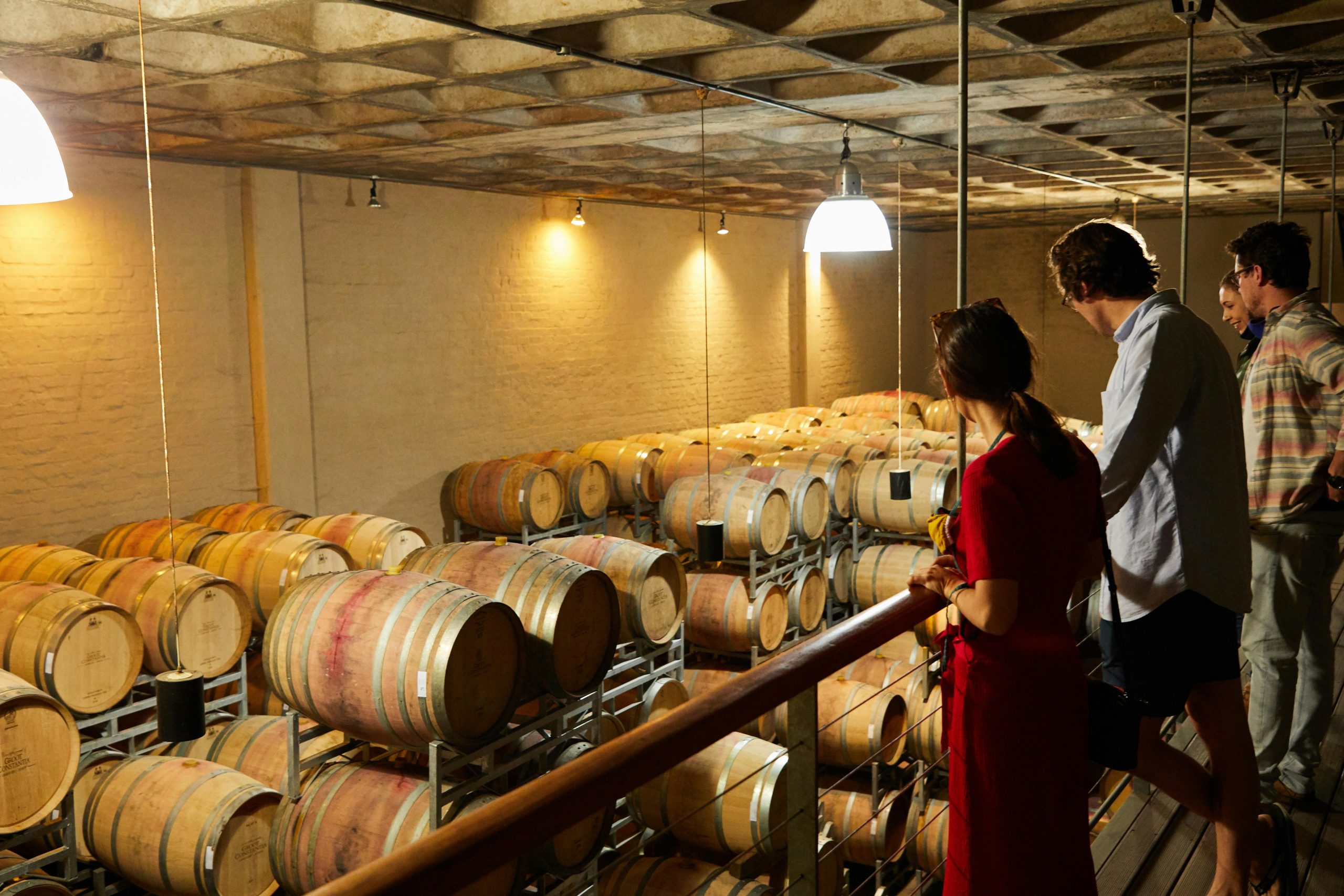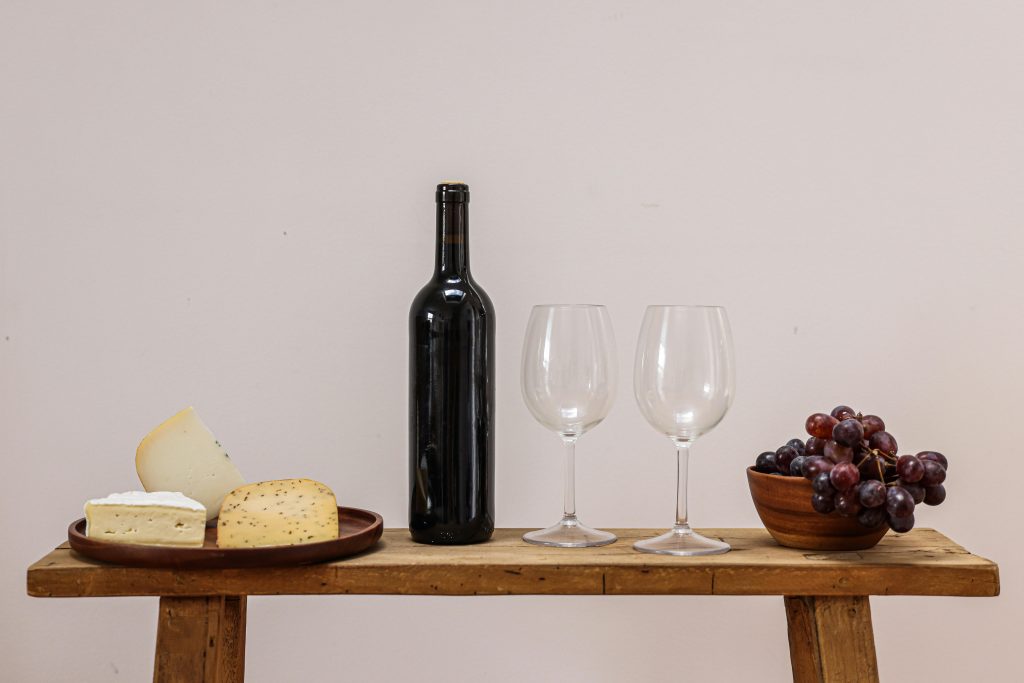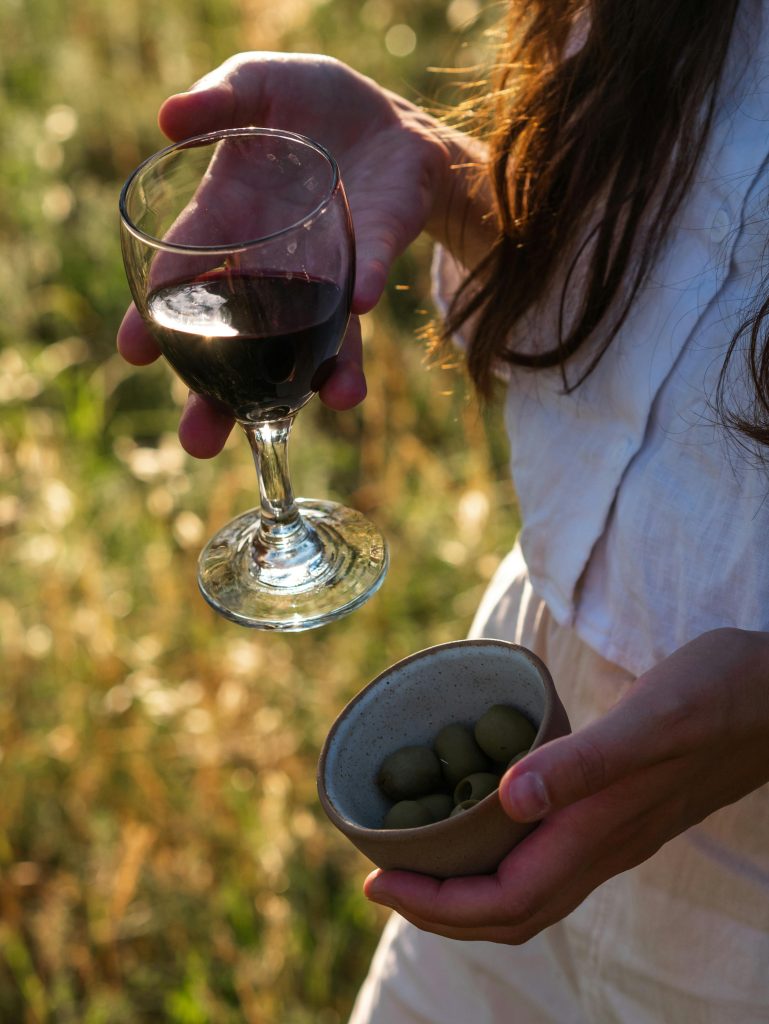
Portugal is famous for its rich winemaking heritage, and among its many contributions to the world of wine, fortified wines stand tall. These wines are more than just drinks; they’re pieces of history, tradition, and innovation. Fortified wines have higher alcohol content due to the addition of a distilled spirit, usually grape brandy, which not only boosts their strength but also influences their flavor and longevity.
In Portugal, two fortified wines often come to mind first: the sweet, strong Jeropiga and the world-renowned Port. But the country has more to offer than just these two. Let’s look into the scene of Portuguese fortified wines and uncover the unique stories behind each of them.
Jeropiga: The Sweet Essence of Tradition
Jeropiga is a gem of Portuguese winemaking. It’s sweet, it’s strong, and it carries a rustic charm that resonates with anyone who tastes it. Unlike Port, Jeropiga doesn’t go through full fermentation. Instead, grape must (the fresh juice with skins, seeds, and stems) is mixed with aguardente (Portuguese grape brandy). This stops the fermentation early, preserving the natural sugars of the grapes. The result is a drink that’s sweet and fruity, with an alcohol content usually between 15% and 18%.
Jeropiga has a deep connection to the harvest season. Across Portugal, especially in rural areas, people enjoy Jeropiga at harvest celebrations, known as vindimas. It’s a drink made to be shared with friends and family after a long day of picking grapes. Traditionally, Jeropiga doesn’t need aging; it’s consumed fresh, within the same year it’s made. This gives it a vibrant taste that feels as lively as the people who make it.
One of the beauties of Jeropiga is its versatility. It can be sipped on its own as a sweet aperitif or served alongside desserts. Some locals even drizzle a little Jeropiga over fruit salads, giving them a burst of Portuguese flavor. Although it’s not widely exported, Jeropiga remains a beloved part of Portugal’s wine heritage—a drink rooted in simplicity and tradition.

Port Wine: Portugal’s Global Icon
Port wine needs little introduction. Known worldwide, Port originates from the Douro Valley in northern Portugal, one of the oldest and most prestigious wine regions on the planet. The secret to Port’s success lies in its balance of sweetness, richness, and complexity, which comes from a meticulous winemaking process.
Like Jeropiga, Port is fortified with aguardente. But unlike Jeropiga, Port goes through partial fermentation before one adds the aguardente. This partial fermentation allows some of the sugars to turn into alcohol, but not all. By halting fermentation partway, winemakers capture a blend of natural sweetness and the distinct flavors of the grape.
Port comes in a variety of styles, each with its own charm:
- Ruby Port: Fresh, fruity, and vibrant, Ruby Port is often aged for just a few years in large wooden casks. It has a bright red color and a flavor profile that highlights red berries and spices.
- Tawny Port: Aged in smaller barrels, Tawny Port develops a nutty, caramel-like flavor as it oxidizes over time. It ranges from basic Tawny to 10, 20, 30, or even 40-year-old Tawnies, each with a deeper, more complex flavor.
- Vintage Port: Only produced in exceptional years, Vintage Port is a true celebration of the vineyard’s best harvests. It’s aged in the bottle for decades and can develop rich, layered flavors over time.
- Late Bottled Vintage (LBV) Port: LBV Port spends extra time aging in barrels, giving it some of the depth of Vintage Port without the need for decades of aging. It’s ready to drink sooner, making it a favorite among Port enthusiasts.
Port pairs wonderfully with rich foods. Think dark chocolate, aged cheeses, or a slice of nutty fruitcake. For those who enjoy an after-dinner drink, a glass of Tawny Port can bring a meal to a satisfying close, its warm, spiced notes lingering pleasantly.
Moscatel de Setúbal: Portugal’s Floral Fortified Treasure
Moscatel de Setúbal is another star among Portuguese fortified wines, though it often lives in the shadow of Port. Produced in the Setúbal Peninsula, south of Lisbon, Moscatel de Setúbal is made from the Muscat grape, known for its floral aroma and vibrant flavors. The wine is fortified similarly to Port, but with a twist: it often undergoes an extended maceration with grape skins, which gives it intense aromas and a fuller body.
The wine has a golden hue and aromas that explode with orange blossom, citrus peel, and honey. It’s sweeter than many other fortified wines, but balanced with a bright acidity. Moscatel de Setúbal is aged in oak barrels, and some versions, like Moscatel Roxo, can age for decades, developing layers of dried fruit, nuts, and caramel.
This wine is a perfect companion for desserts. A glass of Moscatel de Setúbal with a slice of almond cake or custard tart (known as pastel de nata) is a delightful way to finish a meal. For those who enjoy something unique, Moscatel de Setúbal offers a taste of Portugal that’s floral, sweet, and entirely unforgettable.
Madeira Wine: The Survivor of the Seas
Madeira wine, produced on the island of Madeira, is a fortified wine with a story as unique as its flavor. Known for its incredible longevity, Madeira wine can withstand the test of time—and even ocean voyages. Historically, Madeira was fortified to survive long sea journeys, and it became a favorite of sailors and explorers.
What makes Madeira special is its aging process. After fortification, the wine is heated and oxidized, a method called estufagem. Traditionally, barrels were stored in hot attics or even on ships, where they were exposed to high temperatures and movement. Today, the heating is controlled, but the result is the same: a wine with layers of flavor and incredible durability.

Madeira comes in several styles, ranging from dry to sweet:
- Sercial: The driest style, with a crisp, nutty character. Perfect as an aperitif.
- Verdelho: A medium-dry wine with flavors of smoke and dried fruit.
- Boal: Rich and semi-sweet, Boal has notes of caramel and spice, excellent with desserts.
- Malmsey: The sweetest Madeira, with flavors of toffee, fig, and chocolate.
Madeira can age for hundreds of years. It’s a wine that tells a story of resilience and adventure, with flavors as bold as its history. Whether sipped alone or paired with food, Madeira offers a taste of something truly timeless.
Carcavelos: A Rare and Revived Treasure
Carcavelos is a little-known fortified wine from a small region just west of Lisbon. This wine almost disappeared, as urban development overtook much of the Carcavelos vineyards. But in recent years, winemakers have revived it, and today, Carcavelos is making a quiet comeback.
Carcavelos wines are usually golden or amber in color, with a complex aroma of dried fruits, spices, and nuts. They’re aged in barrels, allowing them to develop a smooth, rich character. The flavor profile often includes hints of roasted almonds, caramel, and a touch of saltiness from the nearby Atlantic coast.
Pair Carcavelos with strong cheeses or roasted nuts to bring out its nutty depth. Though still rare, Carcavelos offers a unique experience for those who seek something different, and it’s a testament to Portugal’s dedication to preserving its winemaking heritage.
Fortified Wines Beyond Portugal: A Glimpse into the Wider World
While Portugal boasts some of the finest fortified wines, other countries also produce fortified styles worth exploring. Spain’s Sherry, France’s Pineau des Charentes, and Italy’s Marsala each have unique characteristics. But there’s something about Portuguese fortified wines that captures the heart. Maybe it’s the centuries-old traditions, or perhaps it’s the warmth and hospitality of the people who make them.
Embracing Portuguese Fortified Wines: A Journey in Every Sip
Portuguese fortified wines are more than drinks—they’re a journey into Portugal’s heart and soul. From the sweet simple and yet misterious Jeropiga to the complex layers of Vintage Port, each glass carries a story of tradition, craftsmanship, and passion. Whether you’re new to fortified wines or a seasoned enthusiast, Portugal offers something unique, a taste that lingers and invites you back for more.
[…] offer a rich, luxurious contrast to the cold surroundings. For more ideas, check out our guide to Portuguese fortified wines like Port, Jeropiga, and others that offer a unique taste of warmth in every […]